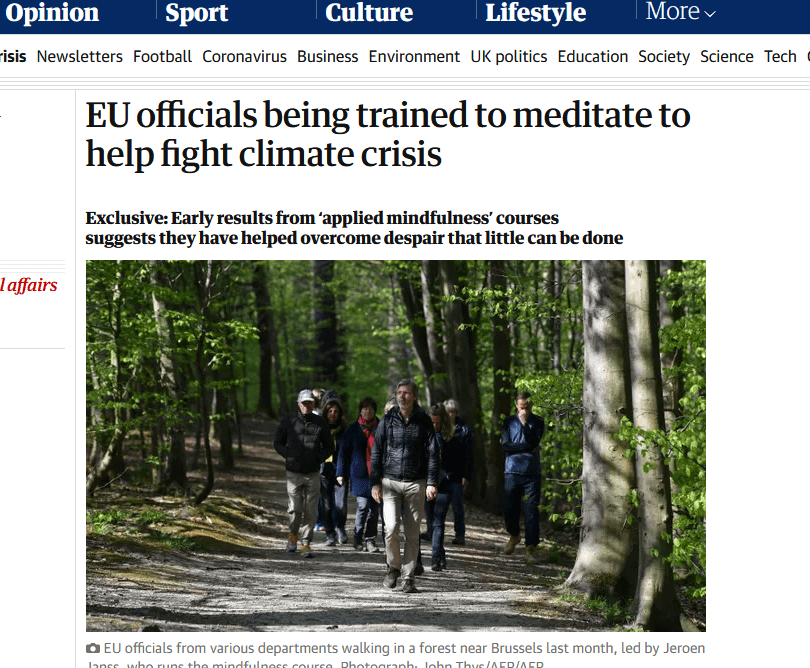
Non-dual meditation, also known as non-dual awareness meditation, involves becoming aware of the present moment and letting go of thoughts and beliefs that create a sense of duality or separation from the world. Here are some ways in which non-dual meditation can improve brain function:
- Amygdala: Non-dual meditation has been shown to reduce activity in the amygdala, which is the part of the brain responsible for the processing of emotions and stress responses.
- Prefrontal cortex: This area of the brain, associated with executive function, working memory, and decision-making, has been shown to become thicker with regular non-dual meditation practice.
- Hippocampus: The hippocampus, a region important for learning and memory, has been shown to increase in size with regular non-dual meditation practice.
- Default mode network: Non-dual meditation has been shown to alter activity in the default mode network, a network of brain regions that is active when the mind is at rest and inactive during focused attention.
- Anterior cingulate cortex: This brain region, associated with self-awareness, empathy, and emotional regulation, has been shown to become thicker with regular non-dual meditation practice.
- Insula: The insula, a region of the brain associated with body awareness and interoception, has been shown to become thicker with regular non-dual meditation practice.
So how can non-dual meditation help us?
- Reduced stress and anxiety: Non-dual meditation has been shown to reduce stress and anxiety levels, which in turn can improve brain function by decreasing cortisol levels and promoting neuroplasticity.
- Increased focus and attention: By promoting mindfulness and awareness, non-dual meditation can help improve focus and attention, leading to improved cognitive functioning and decision-making.
- Improved neuroplasticity: Regular non-dual meditation practice has been shown to increase neuroplasticity, which is the brain’s ability to adapt and change in response to new experiences. This can lead to better brain function and improved learning and memory.
- Reduced inflammation: Non-dual meditation has been shown to reduce inflammation, which has been linked to cognitive decline and neurodegenerative disorders.
- Improved executive function: Non-dual meditation has been linked to improved executive function, including better decision-making, problem-solving, and working memory.
- Increased grey matter density: Studies have shown that regular non-dual meditation practice can lead to an increase in grey matter density in the brain, which is associated with better cognitive function and a reduction in age-related cognitive decline.
Overall, non-dual meditation has the potential to improve brain function significantly. By reducing stress and promoting mindfulness, this form of meditation can improve focus and attention, neuroplasticity, executive function and more, leading to better cognitive and mental health.













